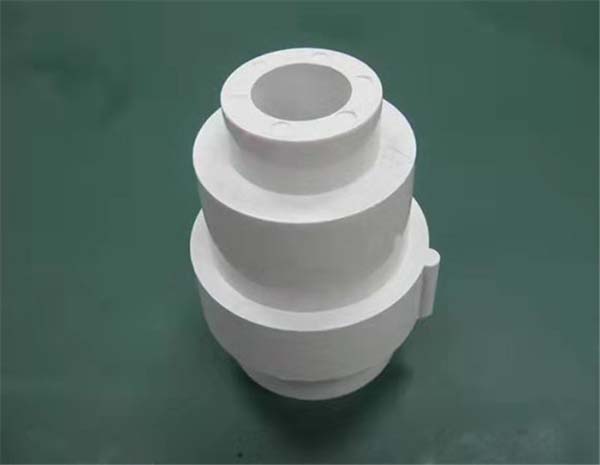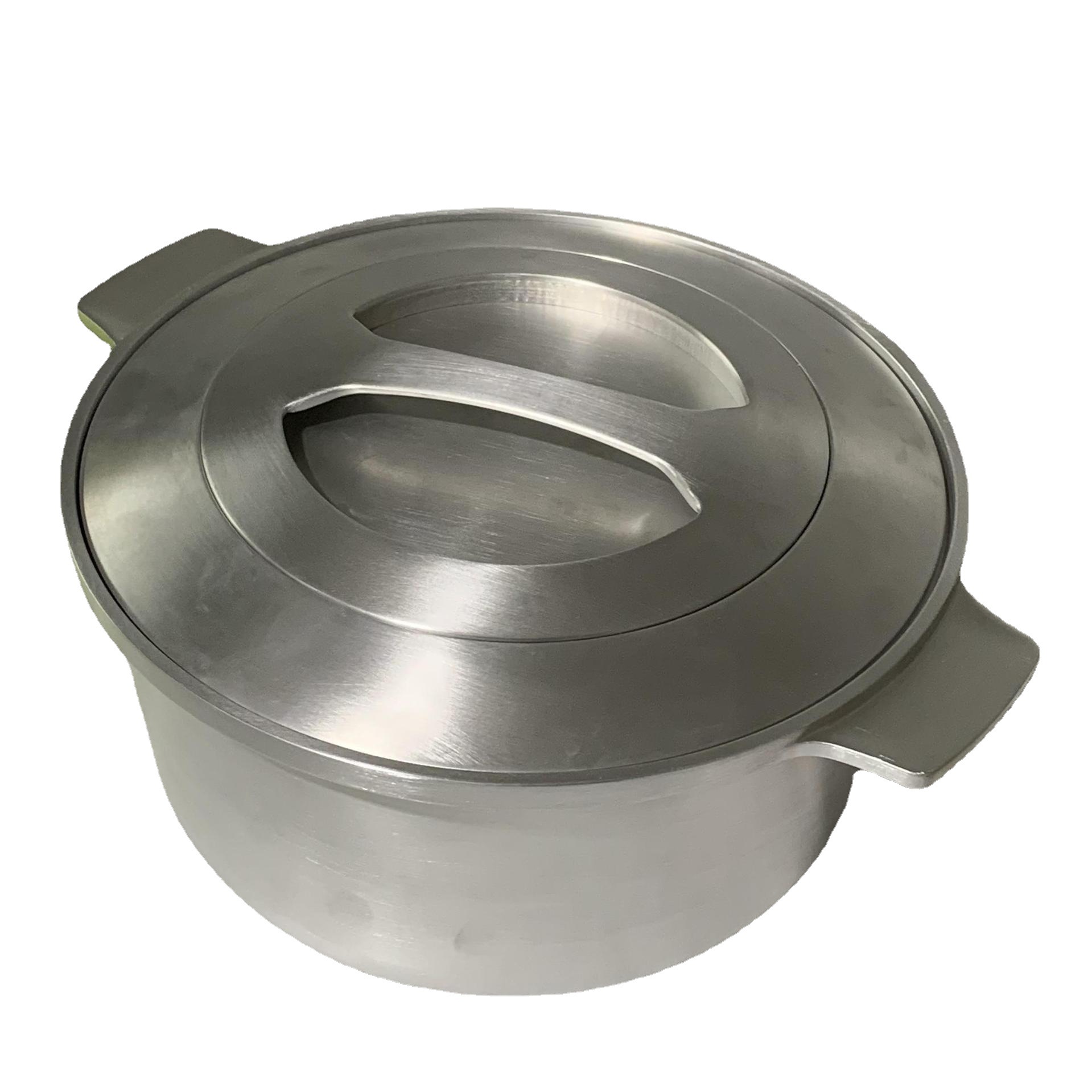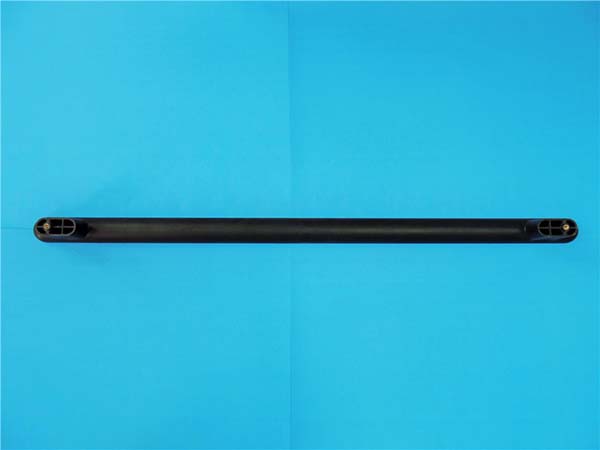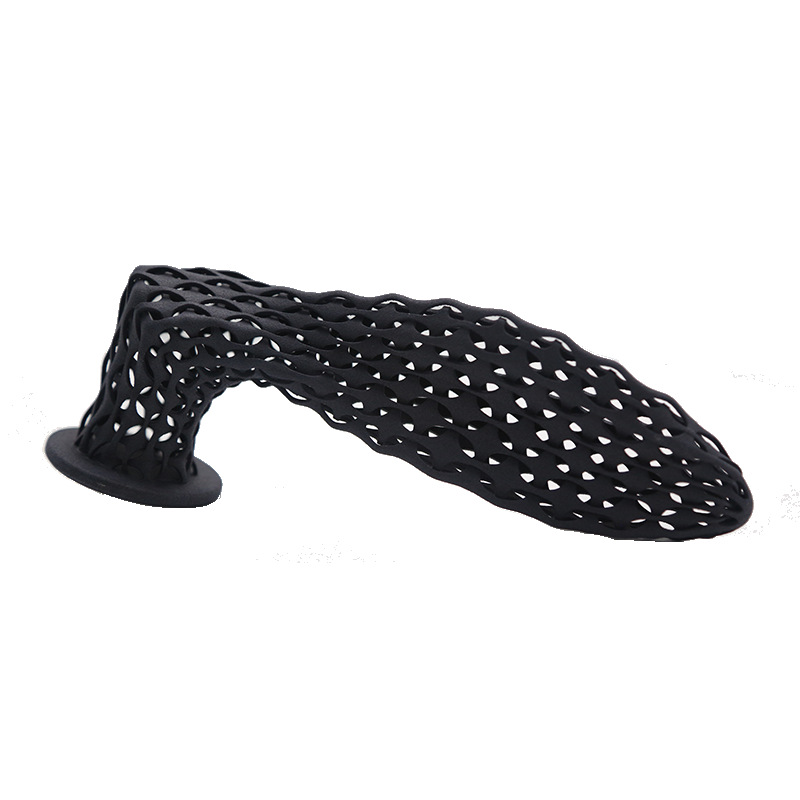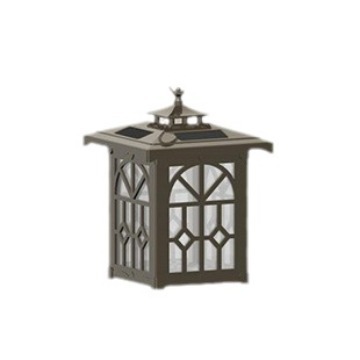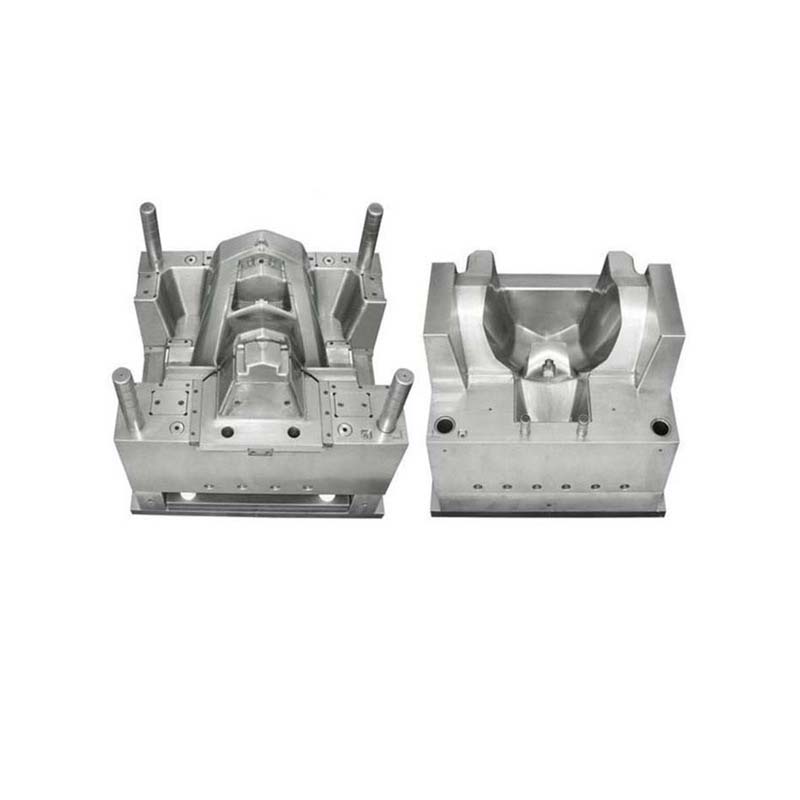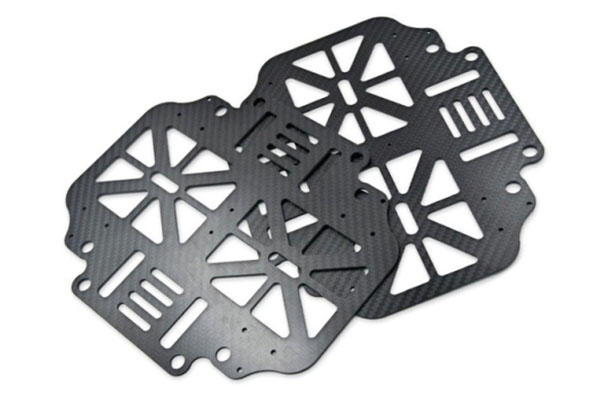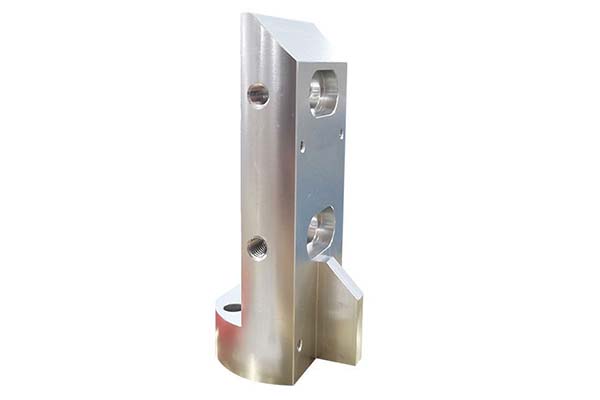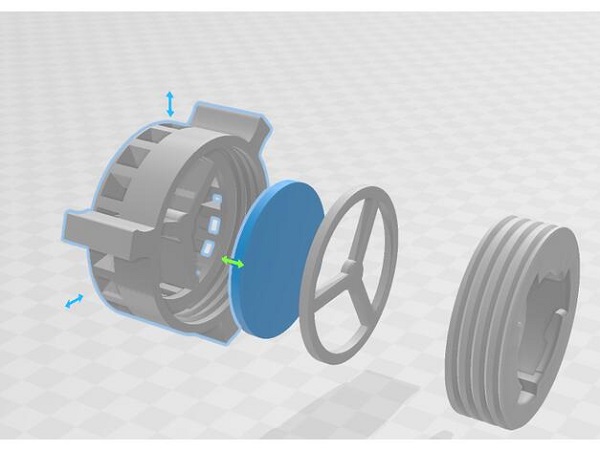Introduction
The Allure of 3D Printing
In recent years, 3D printing has emerged as a revolutionary technology that has captured the imagination of industries worldwide. From aerospace to healthcare, automotive to consumer goods, the potential applications of 3D printing seem almost limitless. This technology has the power to transform traditional manufacturing processes, enabling the creation of complex geometries, personalized products, and rapid prototyping.
One of the most significant advantages of 3D printing is its ability to reduce waste. Traditional manufacturing often involves subtractive processes, where materials are cut away from a larger block to create the desired shape. This can result in a significant amount of wasted material. In contrast, 3D printing is an additive process, where materials are built up layer by layer, minimizing waste and making it a more sustainable option.
Another key benefit is the ability to produce highly customized products. With 3D printing, it's possible to create one - of - a - kind items tailored to individual needs, whether it's a personalized prosthetic limb, a custom - designed piece of jewelry, or a unique automotive part. This level of customization was previously difficult and expensive to achieve with traditional manufacturing methods.
The speed of prototyping is also a major draw. In the past, creating a prototype could take weeks or even months, involving multiple steps and significant investment in tooling. 3D printing allows for the rapid production of prototypes, enabling companies to test and refine their designs much more quickly, reducing time - to - market for new products.
Among the various 3D printing technologies, Stereolithography (SLA) 3D printing stands out as a game - changer. It has been at the forefront of driving a smooth revolution in the field of stereolithography, and in the following sections, Yigu Technology will explore how it's doing just that.
SLA 3D Printing: The Game Changer
Working Principle of SLA 3D Printing
SLA 3D printing, short for Stereolithography Apparatus 3D printing, is a revolutionary technology that has transformed the manufacturing and prototyping landscapes. At its core, SLA 3D printing operates on the principle of photopolymerization. Photopolymerization is a process where a liquid resin, known as a photopolymer, is cured (solidified) when exposed to ultraviolet (UV) light.
The process begins with a 3D model created in a computer - aided design (CAD) software. This digital model is then sliced into numerous thin cross - sectional layers, typically with a thickness ranging from 0.05 mm to 0.2 mm, depending on the desired level of detail and the capabilities of the printer.
Once the model is sliced, the SLA 3D printer gets to work. The printer has a resin tank filled with a photosensitive liquid resin. A high - power UV laser is used to trace the shape of the first cross - sectional layer onto the surface of the liquid resin. As the laser beam hits the resin, the resin molecules undergo a chemical reaction called polymerization. In this reaction, the individual resin molecules link together to form long chains, transforming the liquid resin into a solid plastic. This solidified layer adheres to a build platform, which is initially positioned just below the surface of the resin.
After the first layer is cured, the build platform is lowered by a distance equal to the thickness of a single layer. Fresh resin then flows over the previously cured layer, filling the gap. The laser then traces the shape of the second cross - sectional layer onto the new surface of the resin, curing it and bonding it to the first layer. This process of lowering the platform, flowing in fresh resin, and curing the next layer is repeated layer by layer until the entire 3D object is built.
For example, let's say we are printing a small figurine. The CAD model of the figurine is sliced into hundreds of layers. The laser starts by creating the base layer of the figurine on the resin surface. As the process continues, each subsequent layer adds more details to the figurine, such as its facial features, body contours, and clothing details. By the end of the process, a fully - formed 3D printed figurine is created.
Key Components of SLA 3D Printing Systems
- Light Source: The light source is one of the most critical components of an SLA 3D printing system. In most SLA printers, a high - power ultraviolet (UV) laser is used. The laser's wavelength is carefully chosen to match the absorption spectrum of the photosensitive resin. For example, many SLA printers use lasers with a wavelength of around 405 nm, as this wavelength is highly effective in curing common types of photopolymers. The power of the laser also plays a crucial role. A more powerful laser can cure the resin more quickly, but it also needs to be precisely controlled to ensure accurate and consistent curing. Some advanced SLA printers are now using multiple lasers or high - power laser arrays to increase the printing speed without sacrificing accuracy.
- Resin Tank: The resin tank is where the liquid photosensitive resin is stored during the printing process. It is typically made of a transparent material, such as acrylic or glass, to allow the UV light to pass through and reach the resin. The tank needs to be designed to hold the resin securely and ensure that it can flow smoothly over the build platform as the platform is lowered. Some resin tanks have a removable bottom or side panels, which makes it easier to clean and replace the resin when necessary. Additionally, the tank may have a temperature - control mechanism, as the viscosity of the resin can be affected by temperature. Maintaining the resin at an optimal temperature ensures consistent flow and curing characteristics.
- Print Platform: The print platform is the surface on which the 3D object is built layer by layer. It is initially positioned just below the surface of the resin in the tank. The platform is designed to move vertically with high precision, typically using a stepper motor and a linear guide system. The vertical movement of the platform is crucial for the accuracy of the printed object. For Yigu Technology example, if the platform moves too far or too little between layers, it can result in a misaligned or distorted print. The surface of the print platform also needs to have good adhesion properties to ensure that the first layer of the printed object sticks firmly to it. Some platforms are coated with a special material or have a textured surface to improve adhesion. After the printing process is complete, the printed object is removed from the platform, and the platform is cleaned and prepared for the next print job.
- Optical System: The optical system in an SLA 3D printer is responsible for guiding and focusing the laser beam onto the resin surface. It typically consists of mirrors, lenses, and a galvanometer scanner. The mirrors reflect the laser beam, while the lenses focus the beam to a precise spot on the resin. The galvanometer scanner is a high - speed device that can quickly move the laser beam in different directions, allowing it to trace the complex shapes of each cross - sectional layer. The accuracy and speed of the optical system directly impact the quality and speed of the printing process. A well - calibrated optical system can ensure that the laser beam accurately follows the intended path, resulting in a high - resolution and detailed print.
- Control System: The control system of an SLA 3D printer is like its "brain." It is a combination of hardware and software that coordinates the operation of all the other components. The control system receives the sliced 3D model data and uses it to control the movement of the print platform, the scanning pattern of the laser, and the timing of resin flow. It also monitors the printing process for any errors or anomalies, such as a blocked laser beam or a malfunctioning motor. If an issue is detected, the control system can pause or stop the printing process and alert the user. Modern SLA printers often have user - friendly software interfaces that allow operators to easily set up print jobs, adjust printing parameters, and monitor the progress of the print in real - time.
SLA 3D Printing vs Traditional Stereolithography: A Detailed Comparison
Precision and Surface Finish
Precision and surface finish are crucial factors in many manufacturing and prototyping applications. Let's take a detailed look at how SLA 3D printing and traditional stereolithography compare in these aspects.
| Comparison Aspect | SLA 3D Printing | Traditional Stereolithography |
| Precision (Typical Tolerance) | ±0.05 - 0.1mm | ±0.1 - 0.2mm |
| Layer Thickness (Range) | 0.025 - 0.2mm | 0.05 - 0.3mm |
| Surface Finish (Ra - Roughness Average) | 0.8 - 3.2μm | 1.6 - 6.3μm |
| Edge Definition | Sharp and well - defined edges, can achieve fine details such as thin walls and small holes. For example, it can create a 0.2mm thick wall with clear edges. | Edges may be slightly rounded or less distinct, especially for complex geometries. When creating a 0.2mm thick wall, the edges might show some blurring. |
Yigu Technology SLA 3D printing often offers higher precision with a smaller tolerance range. The ability to work with thinner layer thicknesses in SLA 3D printing allows for more detailed and accurate reproduction of the 3D model. This is particularly important in industries like jewelry making, where intricate designs with fine details are the norm. A jewelry designer using SLA 3D printing can create a ring with detailed filigree patterns that are sharp and well - defined, while traditional stereolithography might struggle to reproduce the same level of detail accurately.
The surface finish of SLA 3D printed objects is generally smoother, as indicated by the lower Ra values. In the production of small, high - end consumer electronics components, a smooth surface finish is essential for both aesthetics and functionality. SLA 3D printed components can be used with minimal post - processing, reducing production time and cost. For instance, a smartphone manufacturer can use SLA 3D printed prototypes of its new phone's buttons, which have a smooth surface finish right out of the printer, eliminating the need for extensive sanding and polishing.
In summary, SLA 3D printing offers advantages in terms of cost - effectiveness, especially in the long run with lower equipment costs and more diverse material options at relatively reasonable prices. Its material compatibility is also more extensive, providing more choices for different applications.
Real - World Applications Showcasing SLA's Revolution
In the Medical Field
The medical field has been significantly transformed by SLA 3D printing, with numerous real - world applications that have improved patient care and treatment outcomes.
One of the most remarkable applications is in the creation of custom - made implants. For patients with complex bone fractures or missing bone segments, traditional off - the - shelf implants often do not provide an ideal fit. SLA 3D printing allows for the production of implants that are precisely tailored to the patient's unique anatomy. For example, in cases of cranial defects, doctors can use SLA 3D printers to create custom skull implants. A patient who had a severe head injury resulting in a large skull defect was treated with a 3D - printed implant. The process began with a CT scan of the patient's head, which was then used to create a 3D model. The SLA 3D printer produced an implant made of a biocompatible material that perfectly matched the shape and size of the defect. After the implantation, the patient's recovery was smooth, and the implant integrated well with the surrounding bone tissue, reducing the risk of complications compared to traditional implant methods.
SLA 3D printing also plays a crucial role in the production of surgical models. These models are invaluable tools for surgeons to plan complex surgeries. In cardiac surgery, for instance, surgeons can use 3D - printed models of a patient's heart to study its structure in detail, especially in cases of congenital heart defects. A recent study at a major medical center found that when surgeons used 3D - printed heart models for pre - surgical planning, the average surgical time was reduced by 20% compared to surgeries without the use of such models. The models allowed surgeons to better understand the spatial relationships of the heart's structures, anticipate potential challenges during the operation, and develop more effective surgical strategies. This not only saved time during the surgery but also improved the overall success rate of the procedures.
In the dental industry, SLA 3D printing is used for fabricating dental crowns, bridges, and orthodontic appliances. Dental crowns printed using SLA technology can be customized to match the color, shape, and size of a patient's natural teeth, providing a more aesthetically pleasing and functional solution. Orthodontic companies are also using SLA 3D printers to create clear aligners for teeth straightening. These aligners are more comfortable and discreet compared to traditional braces, and the use of SLA 3D printing allows for a more precise fit, resulting in more efficient teeth movement.
In Aerospace and Automotive Sectors
In the aerospace and automotive sectors, SLA 3D printing has emerged as a game - changing technology, driving innovation and improving performance.
In the aerospace industry, SLA 3D printing is used for manufacturing complex components with high precision. For example, aircraft engines require parts with intricate geometries that are difficult to produce using traditional manufacturing methods. SLA 3D printing allows for the creation of components such as turbine blades and fuel nozzles with complex internal cooling channels. These channels are crucial for maintaining the performance and durability of the engine components under extreme operating conditions. A leading aerospace company used SLA 3D printing to produce a new generation of fuel nozzles. The 3D - printed nozzles had a more optimized internal structure, which improved fuel atomization and combustion efficiency. As a result, the engine's fuel consumption was reduced by 10%, leading to significant cost savings for airlines over the long term.
SLA 3D printing also plays a vital role in the development of lightweight components in aerospace. Since weight is a critical factor in aircraft design, reducing the weight of components can improve fuel efficiency and overall performance. By using SLA 3D printing, engineers can create components with complex lattice structures that provide strength while minimizing weight. A recent study showed that by using 3D - printed lattice - structured components in an aircraft's interior, the weight of the aircraft was reduced by 5%, resulting in a corresponding increase in fuel efficiency and a decrease in emissions.
In the automotive industry, SLA 3D printing is used for rapid prototyping of new vehicle designs. Automakers can quickly produce prototypes of car parts, such as bumpers, grilles, and interior components, to test their form, fit, and function. This allows for faster design iterations and reduces the time it takes to bring a new vehicle to market. A car manufacturer was able to reduce the development time of a new sports car model by six months by using SLA 3D printing for prototyping. The company could quickly test different design concepts, make adjustments, and finalize the design, giving them a head - start in the highly competitive automotive market.
SLA 3D printing is also being used for the production of custom - made automotive parts. Enthusiasts and aftermarket companies can use SLA 3D printers to create unique parts that are tailored to their specific needs. For example, a car enthusiast used SLA 3D printing to create custom - designed alloy wheels for his classic car. The wheels not only had a unique appearance but also met the specific performance requirements of the vehicle, providing a personalized touch while maintaining high - quality standards.
Conclusion
Recap of SLA's Impact
Yigu Technology SLA 3D printing has undeniably made a profound impact on stereolithography, driving a smooth revolution across multiple industries. Its unique working principle, which relies on photopolymerization using UV light, sets it apart from traditional manufacturing methods.
In terms of precision and surface finish, SLA 3D printing has proven to be superior. With a typical tolerance of ±0.05 - 0.1mm and the ability to achieve layer thicknesses as thin as 0.025mm, it can create highly detailed and accurate 3D objects. The smooth surface finish, with an Ra value of 0.8 - 3.2μm, makes SLA - printed parts suitable for applications where aesthetics and functionality are crucial, such as jewelry making and the production of high - end consumer electronics components.
The speed of production offered by SLA 3D printing is another significant advantage. Real - world examples have shown that it can reduce production time by up to 60% compared to traditional stereolithography in some cases. This increased speed is due to factors like faster laser systems and more efficient resin circulation mechanisms, allowing for quicker layer - by - layer processing.
Cost - effectiveness is also a strong suit of SLA 3D printing. While the initial investment in an SLA 3D printer can be significant, the long - term costs are often lower. The lower equipment cost compared to traditional stereolithography, along with relatively reasonable material costs and minimal post - processing costs in many cases, make it an attractive option for both small - scale and large - scale production.
The wide range of materials compatible with SLA 3D printing further expands its application scope. From standard resins for general - purpose prototyping to high - strength, flexible, heat - resistant, and biocompatible resins, SLA 3D printing can meet the diverse needs of different industries. This material versatility, combined with its other advantages, has led to its successful adoption in various real - world applications.
FAQs
What are the most common post - processing steps for SLA 3D - printed parts?
The most common post - processing steps for SLA 3D - printed parts include cleaning and post - curing. Cleaning is typically done using isopropyl alcohol (IPA) to remove any uncured resin from the surface of the printed part. This is crucial as uncured resin can affect the part's appearance and performance. After cleaning, the part is usually post - cured under UV light. Post - curing further hardens the resin, enhancing the part's mechanical properties such as strength and durability. Additionally, depending on the application, parts may also undergo sanding to smooth the surface, or painting for aesthetic purposes.
How does the cost of SLA 3D printing compare to other 3D - printing technologies in the long run?
In the long run, the cost comparison between SLA 3D printing and other 3D - printing technologies varies. When it comes to equipment cost, SLA 3D printers can be relatively expensive upfront, especially high - end industrial models. However, compared to some other technologies like selective laser melting (SLM) for metal 3D printing, the initial investment in SLA can be lower. In terms of material cost, SLA resins are generally in a moderate price range. For example, they are often more expensive than the filaments used in fused deposition modeling (FDM) but less costly than some of the specialized powders in selective laser sintering (SLS). Maintenance costs for SLA printers can also be reasonable, mainly involving occasional replacement of components like the laser or resin tank. Overall, for applications that require high - precision and smooth surface finishes, SLA 3D printing can be cost - effective in the long run due to reduced post - processing requirements compared to technologies with rougher surface finishes.
What new applications of SLA 3D printing are emerging in the consumer goods industry?
In the consumer goods industry, several new applications of SLA 3D printing are emerging. One significant area is personalized consumer electronics. For example, companies are using SLA 3D printing to create custom - designed smartphone cases with unique patterns, textures, or even integrated functions like built - in grips or card holders. Another emerging application is in the production of high - end, limited - edition fashion accessories. Designers can use SLA 3D printing to create intricate jewelry pieces, such as necklaces and bracelets with complex geometric designs that are difficult to achieve through traditional manufacturing methods. Additionally, SLA 3D printing is being used to produce customized home decor items, like lampshades or wall art, allowing consumers to have one - of - a - kind pieces that match their personal style.
